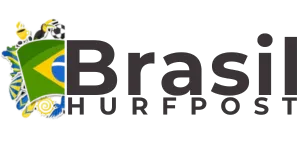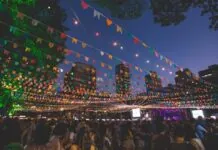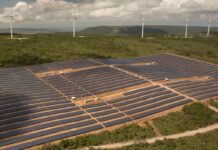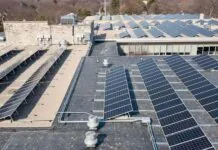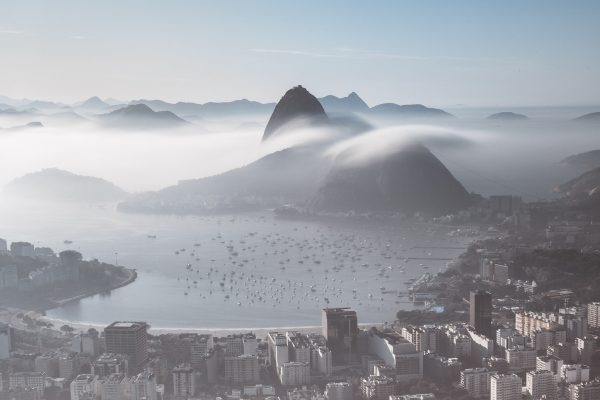
On Friday, June 13, 2025, Rio de Janeiro registered the lowest temperature of the year. The reading reached 11.9°C in Jacarepaguá at 6:00 a.m. According to official sources, this marked a significant drop compared to Thursday’s 13.2°C, which had briefly held the record.
The measurement came from a weather station monitored by Climatempo and confirmed by Brazil’s National Institute of Meteorology (INMET). The city experienced a cold start rarely seen in tropical zones.
Rio de Janeiro volta a registrar a madrugada mais fria do ano, com 11,9ºC em Jacarepaguáhttps://t.co/otj8gpiSDd pic.twitter.com/JqKvog1hKu
— g1 Rio (@g1rio) June 13, 2025
Meteorological Factors Behind the Temperature Drop
The drop resulted from a combination of stable atmospheric pressure and minimal cloud coverage. A high-pressure system dominated the region, preventing cloud formation and allowing surface heat to escape more rapidly overnight.
As temperatures declined, cold air pooled in lower areas, especially in the West Zone. Meteorologists attributed the intensity of the drop to the absence of wind and the stillness of the atmosphere during early morning hours.
Surrounding Areas Experienced Lower Temperatures
Mountainous municipalities recorded even colder readings. Nova Friburgo dropped to 6.7°C. Teresópolis reached 7.9°C, and Petrópolis registered 8.2°C. Each location reported low visibility and frost in exposed areas.
Local authorities in Nova Friburgo delayed the start of public services. Health professionals reported a rise in cases of mild respiratory symptoms in elderly patients and school-age children.
Response Across the City
Residents throughout Rio adjusted their daily routines. Cafés opened earlier to accommodate increased demand. Vendors in public markets reported a spike in hot drink sales.
Images circulated online of pets in coats and children in heavy layers walking to school. Many households used improvised heating, relying on kitchen appliances and closed curtains to retain warmth indoors.
In areas without insulation, plastic coverings appeared on windows as residents worked to block morning drafts.
Marine Conditions Remain Cautious
Although the Brazilian Navy removed the official storm surge warning, beach conditions remained rough. Waves continued to reach two meters near Barra da Tijuca, Recreio, and Leblon.
Fire department lifeguards warned against entering the water in high-surf areas. Officials emphasized that even trained swimmers should avoid strong undercurrents caused by residual atmospheric instability.
Historical Context for the Temperature Reading
A morning temperature of 11.9°C is extremely rare in Rio de Janeiro. On average, winter lows remain between 17°C and 20°C. The 2025 figure marks one of the lowest recorded in more than a decade.
In 2016, a reading of 10.8°C was observed in the same region. Analysts noted that the current housing infrastructure still lacks adequate insulation or temperature regulation systems.
Forecast for the Coming Days
Climatempo predicts a gradual rise in morning temperatures. By Sunday, the city is expected to return to more typical winter patterns, with minimums near 15°C and maximums reaching 25°C.
Humidity will remain low, and skies will stay mostly clear through Monday. The next potential rain system is expected mid-next week.
